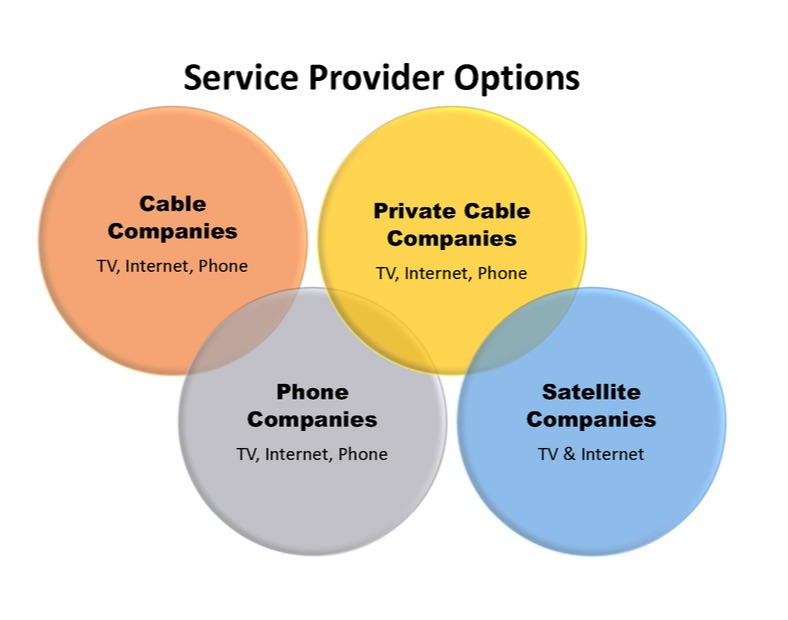Investigating the Effect of Ethernet Protocols on Improving Internet Access in Multi-Dwelling Units
Investigating the Effect of Ethernet Protocols on Improving Internet Access in Multi-Dwelling Units
Blog Article
Network protocols serve a crucial function in improving web access, particularly in multi-unit units (MDUs) such as apartment complexes and condo complexes. These standards outline how data is communicated over networks, guaranteeing that devices can interact effectively. As an increasing number of people rely on the internet for work, education, and entertainment, having a dependable and fast connection in MDUs has become increasingly essential. By understanding networking standards, building managers and residents can make informed choices about their internet provisions, leading to improved access for all.
One of the primary Ethernet specifications is IEEE 802.3, which outlines the requirements for cabled Ethernet connections. This specification has developed over the decades, introducing faster speeds and enhanced efficiency. For instance, the original Ethernet standard offered rates of 10 Mbps per second, while more recent iterations, such as Gigabit Ethernet, can provide speeds of up to 1,000 megabits per second. In MDUs, where numerous residents utilize the common internet connection, having a high-speed Ethernet network can significantly enhance the total consumer experience. Faster rates mean quicker file transfers, more seamless streaming, and more reliable video conferences, which are crucial for off-site employment and virtual learning.
Another important feature of Ethernet protocols is the use of structured cabling infrastructures. These structures arrange and coordinate the system cables that link equipment within a building. By adhering to the principles set by Ethernet standards, MDUs can ensure that their cabling is efficient and efficient. This structure helps reduce interference disruption and enhances information transfer standards. Additionally, structured cabling allows for easier improvements and maintenance, making it simpler for property managers to adjust to evolving technology requirements. As web utilization persists to increase, having a properly organized wiring infrastructure is crucial for ensuring top-notch connectivity.
Power over Ethernet (PoE) is another significant development in Ethernet technology that benefits MDUs. PoE enables system wires to transmit power electricity along with information, removing the requirement for individual electric supplies for devices like safety monitors, Wi-Fi access points, and VoIP devices. This capability simplifies setup and reduces clutter, making it simpler to establish a comprehensive system in multi-dwelling units. By utilizing PoE, property administrators can improve security and improve web connectivity throughout the complex without the added cost of additional electrical work.
In summary, Ethernet standards have a significant effect on internet connectivity in multi-dwelling units. By providing faster rates, organized cabling, and innovative capabilities like Electricity over Ethernet, these standards assist establish a reliable and effective system for residents. look at this website As tech persists to advance, staying aware about Ethernet protocols will be essential for building managers and residents alike. By putting resources in the right infrastructure, MDUs can guarantee that all tenants experience a smooth web experience, rendering their residences more connected and accessible.